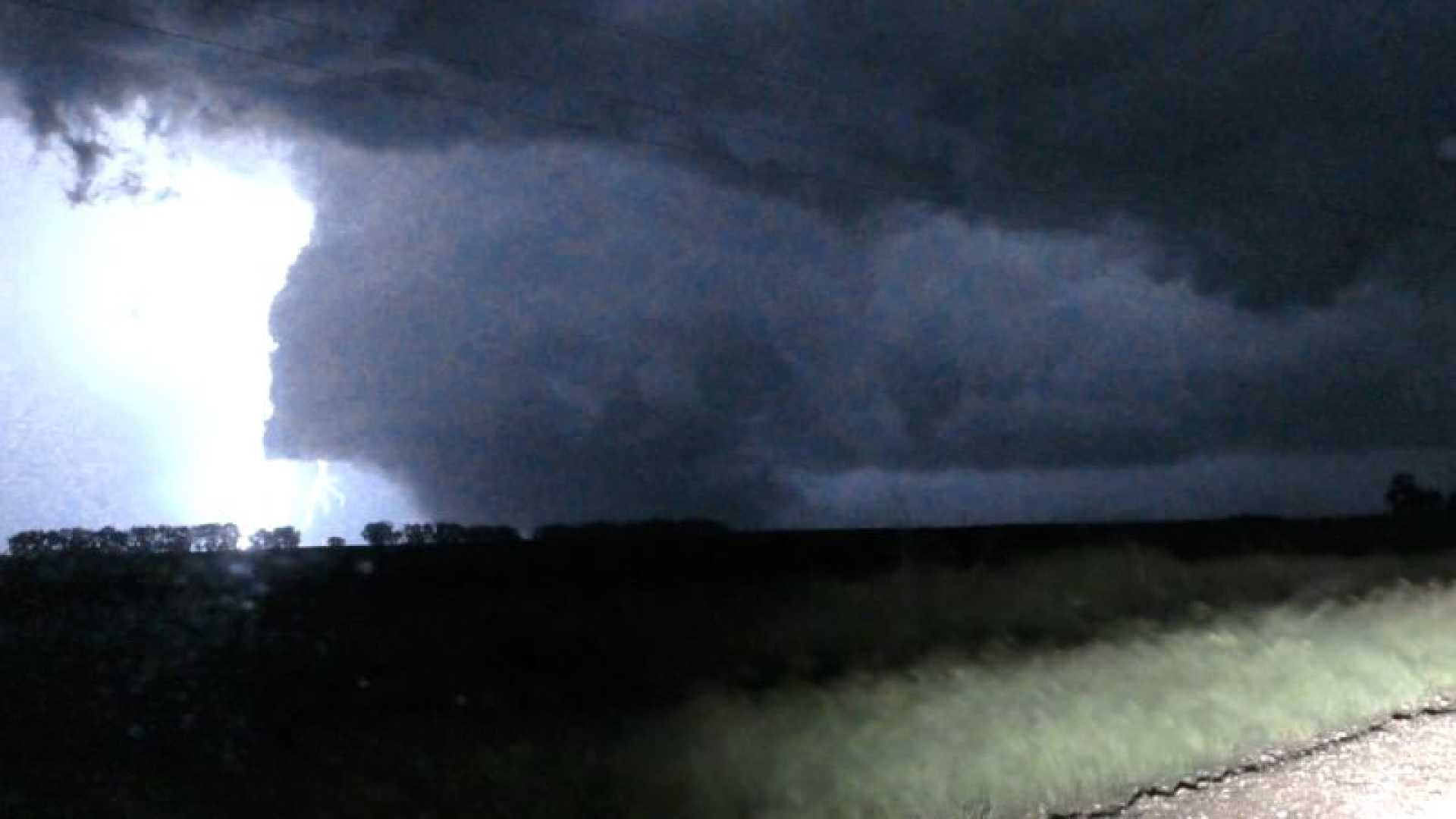News
Rare EF5 Tornado Strikes North Dakota After 10-Year Absence

Enderlin, North Dakota – A powerful EF5 tornado that struck eastern North Dakota on June 20, 2025, has been confirmed as the first of its kind in more than a decade. The tornado resulted in the deaths of three people, prompting the National Weather Service in Grand Forks to upgrade its classification to the highest level on the Enhanced Fujita Scale.
The tornado initially struck near Enderlin, approximately 40 miles southwest of Fargo, and traveled north for nearly 20 minutes, covering a distance of about 12 miles before dissipating near Alice. With winds exceeding 210 mph, this tornado represents the first EF5 recorded since 2013, when a devastating tornado struck Moore, Oklahoma.
According to the National Weather Service, tornadoes are rated based on the destruction they cause after they occur. Initially categorized as an EF3 with winds of 160 mph, further inspections by meteorologists led to the upgrade. The assessment highlighted severe damage, including an incident where an empty freight train car was lifted nearly 500 feet off the tracks and fully loaded grain hopper cars were overturned.
The destruction left large trees felled and a farmstead completely obliterated. Data from NOAA’s Storm Prediction Center indicates that since 1950, only 59 tornadoes of EF5 strength have been recorded in the U.S., making them extremely rare. Although there hadn’t been an EF5 tornado for over a decade, some scientists suggest that this absence may not reflect a decrease in powerful storms but rather an imbalance in the damage rating system.
Researchers continue to analyze the tornado ratings, pointing out that modifications made to the scale in 2007 could have resulted in fewer tornadoes receiving the EF5 classification. A recent study proposed that redefining an EF5 tornado to wind speeds of 190 mph could provide a more consistent frequency of high-end ratings, better aligning with historical data.
The timing of the new EF5 rating will generate ongoing discussions among scientists. One thing is clear: the EF5 counter has reset, and the focus on tornado classification and its implications will continue for years.












